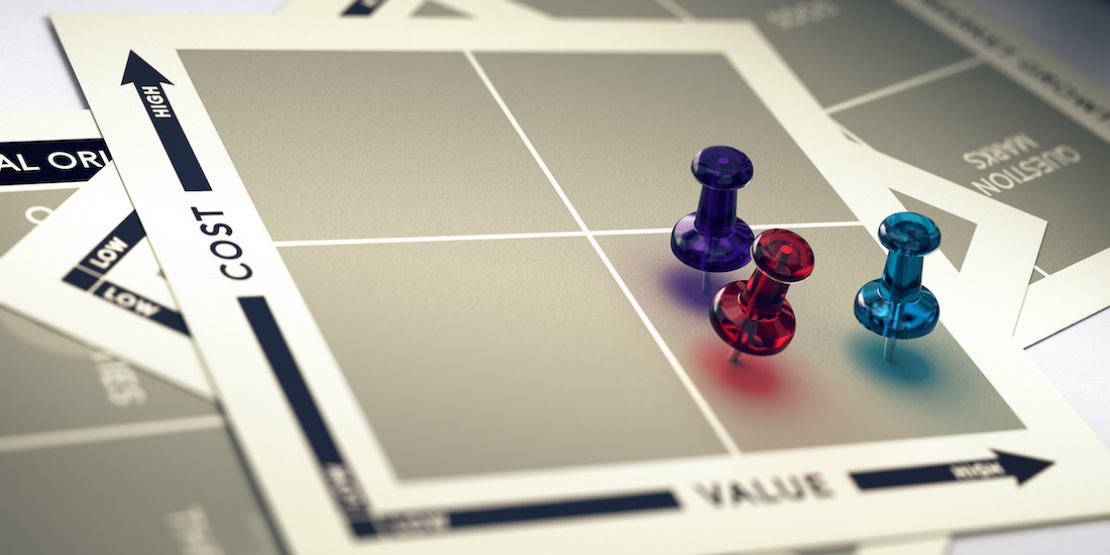The "Design-to-Cost" approach aims to optimise the total costs of a product, from its design to its release on the market. This requires analysing and optimising costs in relation to customer expectations for functionality and quality. This fast, practical approach with a quick return on investment (ROI) is gaining a following among procurement departments.
What is Design-to-Cost?
Capgemini defines Design-to-Cost as an "organised and creative method for competitiveness, which seeks to satisfy user requirements, through a specific design approach, which covers the functional, economic and multidisciplinary aspects".[1]
This approach aims to design the right product or service (meeting the customer's expectations for functionality) at the right price (reducing costs right from the design phase). In other words, the company aims to boost the profitability and perceived value of this product or service, without affecting its quality or performance. Philippe Rivoiron, Arolys Director, notes: "You have to ask where the complexity, the additional costs and the excessive quality are. In short, consider the costs that can be reassessed and do not get lost in optional criteria".[2]
Procurement: At the centre of Design-to-Cost
In the wake of the health crisis, reducing costs is a priority for the vast majority of companies, therefore becoming the primary objective for procurement departments. However, there is also the question of making "smart" savings, for example by streamlining the supplier portfolio, looking at the TCO method (total cost of ownership), and of course, using this renowned Design-to-Cost approach.
Whether it involves starting from scratch (Design-to-Cost) or reworking the company's product range (Redesign-to-Cost), this approach provides a choice for procurement departments. Usually accompanied by a consulting firm, procurement departments will lead the project within the company, involving other departments (design, sales, marketing) as well as suppliers, in order to find solutions. This is for various reasons: Not only do procurement teams have a good knowledge of prices and technical solutions in the market, they are also used to working across departments. Because of this, they play a key role in defining the specifications and the obligations for resources and results.
The benefits of Design-to-Cost
The numerical results are unequivocal. According to a study by Capgemini, the Design-to-Cost approach can create savings of 15% to 40% [1]. Moreover, the return on investment (ROI) is quick, as it takes only a few months to see the effects.
In this same report, an Executive Vice President for Research and Development in the automotive sector says, "The results of the Design to Cost deployment in the company amount to hundreds of millions of euros. The methods that we have developed and the results achieved are so strategic for us that we never communicate the content". [1] Since it balances cost reduction, innovation and customer satisfaction, this approach is a formidable lever for competitiveness and development for companies.
This approach, as effective as it is, requires profound transformation of the working culture within companies. As it is embedded in a company's vision, it means changing the practices of various stakeholders and communicating with other departments. Taking action upstream of projects and contributing to value creation presents a great opportunity for procurement departments to be recognised.
[1] Capgemini Consulting & Effidyn, Combining Cost Cutting and Customer Value in the search for Competitiveness: The 'Design to Cost' perspective, 2017
[2] Décision Achats, (Re)design to cost : pour un accompagnement réussi ([Re]design to cost: For a successful strategy), 2014









